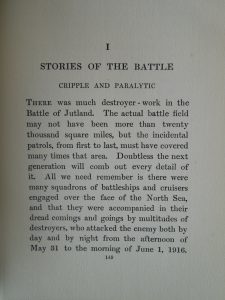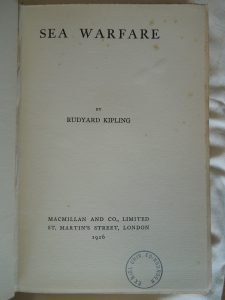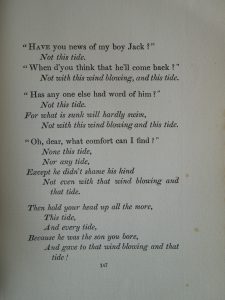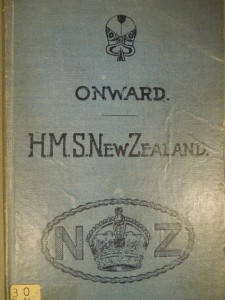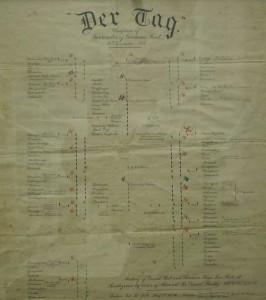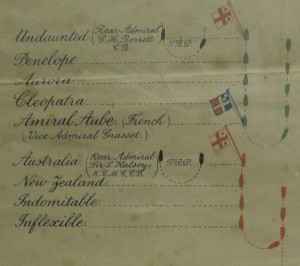The First World War was the first in which air warfare played a significant part. While aircraft were ultimately to change the face of warfare, the demands of the war provided a rapid boost to this very new technology.
At the outbreak of the war effective powered flight was a technology not much more than ten years old, but each of the participating countries already had an armed air service of some sort. The allies had 208 aeroplanes between them, and Germany 180. There were also airships, which initially seemed better-tried and more practical, although their importance diminished as the war progressed. The British aircraft were split between the Royal Flying Corps (RFC), under the command of the army, and the Royal Naval Air Service (RNAS), under the command of the Navy. These were merged to form the Royal Air Force (RAF) in 1918.
The types of aircraft in use were very varied, because each country had several of their own manufacturers and models of aircraft, and almost any machine which was available might be pressed into service. Aircraft models evolved rapidly, as technology was improved, and the needs of the war changed.

Initially, aeroplanes were regarded as primarily useful for reconaissance, and stable two-seaters, such as the British B.E.2, were preferred. These were not very manoeuvreable and were poor at defending themselves or evading enemy anti-aircraft guns, which led to the development of fast, single-seater fighters, such as the French S.P.A.D.

The Germans made parallel developments; their early reconnaisance aircraft including monoplanes with distinctive swept-back, birdlike wings, such as the Rumpler Taube. By the end of the war bigger, heavier aircraft designed for bombing had been developed.
From the beginning of the war both allied and German air forces had to establish, for the first time, how to make their aircraft recognisable, both to other airmen and to those on the ground. National markings were rapidly adopted, and by the beginning of 1915 both French and British authorities had produced posters showing silhouettes of enemy aircraft, entitled ‘Fire on these’.
In late 1914 or early 1915 the French produced the very first book of aircraft silhouettes for recognition purposes, Silhouettes D’Avions, Diagrams of Aeroplanes. These were produced with text in French and English and distributed to both troops and airmen. An alternative version was produced on cards, for better durability. Updated editions and supplements were issued to reflect new developments. We hold two versions of this in our collections – the very first edition, showing French, British and German aircraft of late 1914, and a supplement of French aircraft from September 1915
.
Examination of the two shows just why these publications were of limited success in preventing both ground troops and airmen from attacking the wrong aircraft. The pictures are not very high quality, and do not show up the main features of the individual aircraft particularly clearly, especially to an untrained eye. Take the picture of the B.E.2 – it is quite difficult to make out that it is trying to indicate that the upper wings are longer than the lower ones.
The illustrations for the two editions are printed from different artwork, which shows up ambiguities in the lines. The Parasol Morane is included in both. In one illustration there are lines which might be either substantial structural struts, or nearly invisible cable, but all of which are omitted from the other picture entirely.
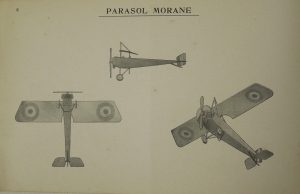
The S.P.A.D. was a very common aeroplane type, but it takes some effort to work out from its picture that the propeller was located in the middle of its fuselage.
There is even one illustration we have not been able to identify, the Avion de Chasse Morane, which does not seem to entirely correspond to any aircraft made by the Morane company and which was used during the war, that we can find a modern record of!

These manuals were all produced in a hurry; they illustrate only a selection of models, and do not show variants or all the latest developments of equipment. Even more confusing, not to say downright unhelpful, is the earlier edition, which summarises all the other British models of aircraft as being similar to the ones illustrated.
Towards the end of the First World War the problems of distinguishing aircraft, while not solved, were somewhat reduced. In 1917 the RFC ordered 1000 Bristol Fighter aircraft, so that although there were still many different models of aeroplane in the skies, there began to be some standardisation. More successfully, in early 1918 the French set up a ‘Flying circus’ which toured examples of the different models of their aircraft around the British airfields. This had the happy result of not only familiarising the RFC with the appearance of the different models, but the opportunity to compare performance and develop some camerarderie with the French aviators.
Despite the shortcomings of these identification manuals, this approach continues to be used today, better pictures and combining it with other methods of teaching improving its effectiveness, although today it is more likely to be used by enthusiasts for civilian aircraft, and combined with a mobile phone app for detecting and tracking aircraft.

